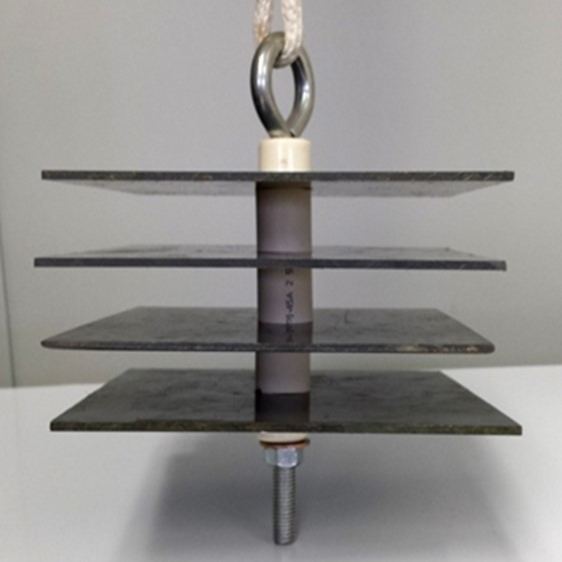February 13, 2024 at 2:41 pm
With the invasive zebra mussel populations found in the Saint John River drainage in both Quebec and New Brunswick in the fall of 2022 and the summer of 2023 (read more about that here), Maine Department of Inland Fisheries and Wildlife developed and Initial Response Plan to guide management actions in 2023-2024. A crucial portion of this plan focused on early detection efforts including environmental DNA (eDNA) based monitoring which was implemented as a pilot program in September of 2023 by the Department’s Aquatic Invasive Species Program. Environmental DNA sampling is used to identify DNA being shed in the environment, in this case in water. This eDNA sampling allows for detection of organisms without the need to trap, locate, or otherwise physically observe or handle them which can make it possible to detect new populations of invasive species early on.
At the larval stage (which is most likely to be transported), zebra mussels are microscopic.
The sampling MDIFW completed in September 2023 tested water samples for zebra mussel DNA from multiple waters in Aroostook County vulnerable to zebra mussel establishment based on proximity and connection to the Saint John River drainage populations, habitat suitability for the mussels, public accessibility of waters, and important native fish & wildlife resources in the water. This included sampling sites in the Aroostook River, the Fish River Chain of Lakes, the Deboullie Public Lands, and a couple individual lakes near the towns of Presque Isle and Houlton. Working with the University of Maine – Orono Coordinated Operating Research Entities Lab, we did not detect any invasive zebra mussel DNA in our samples. This is a great sign that zebra mussels have likely not established in these waters yet!
The Department will continue monitoring waters for zebra mussels in the years to come and will be exploring an expansion of both the eDNA pilot program and the upcoming citizen science settling plate program (read more about that or volunteer here).

Zebra mussels can spread rapidly and go unseen. The Department of Fisheries and Oceans Canada (DFO) has confirmed zebra mussels via visual observation on the Madawaska Dam and Hydroelectric Generating Station at the confluence of New Brunswick’s Madawaska River and the Saint John River. DFO also has positive eDNA detections of zebra mussels from that dam to Nackawic, New Brunswick, suggesting that zebra mussels are establishing or have already established in portions of the Saint John River. This makes it more important than ever that all watercraft users follow proper clean, drain, dry protocols to continue to protect Maine’s waters from the spread of all invasive species.